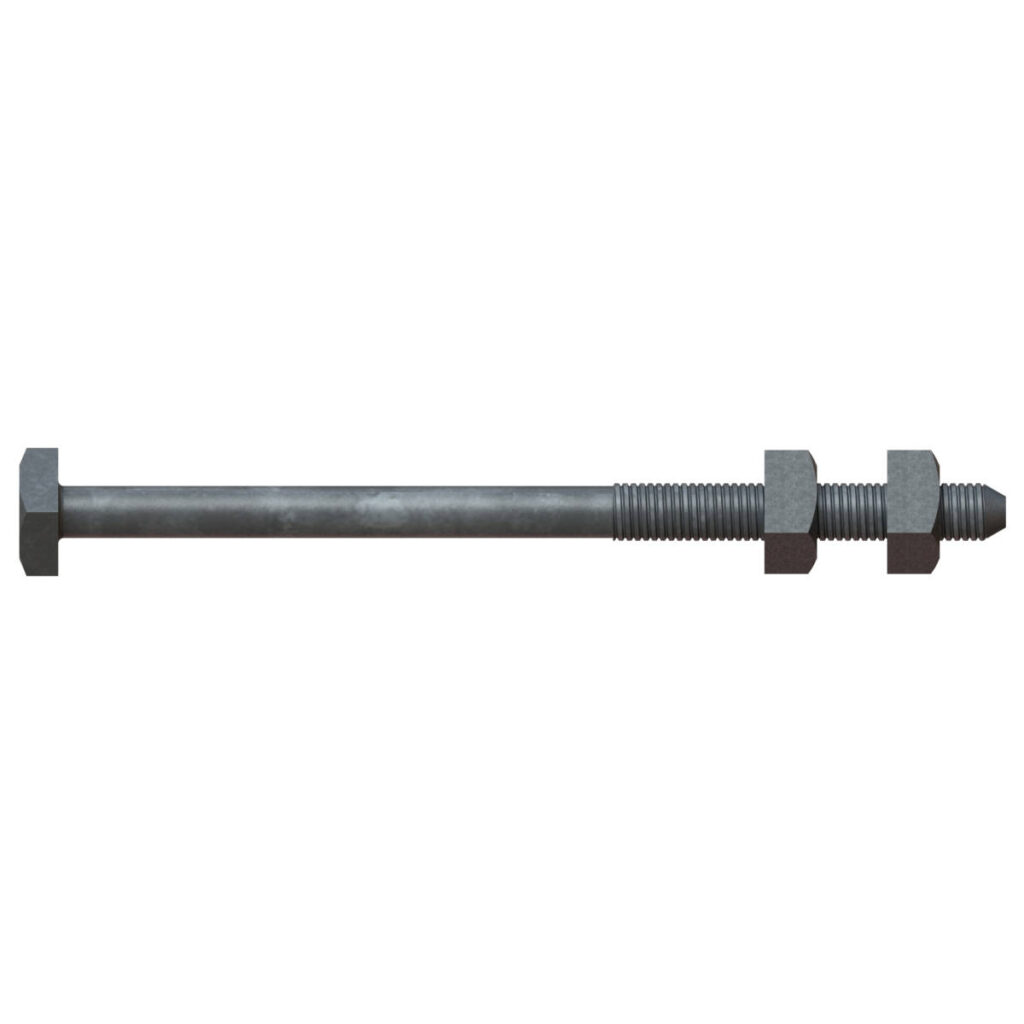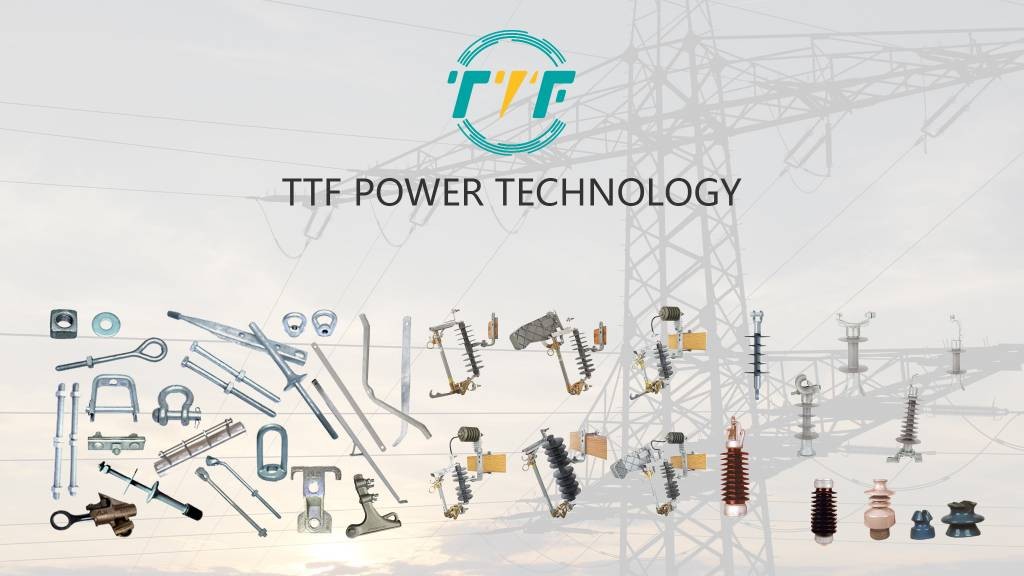
Colombia has recently initiated a tender for power transmission projects as it advances its efforts to strengthen electricity supply. The initiative features a new 230kV substation and related power lines in the Sopo municipality, approximately 35km northeast of Bogotá, the capital. The winning bidder will receive a 25-year concession agreement to design, construct, operate, and manage the infrastructure. The tenders will enhance electricity availability and ease the incorporation of renewable energy sources. These efforts also seek to upgrade the electricity grid, assist energy transition objectives, and tackle pressing infrastructure requirements. Combined funding for these transmission initiatives is projected to reach as much as $3.5 billion. It includes the HVDC Transmission Line. The initiative will include 3,000 MW of renewable energy production. It will aid in energy dependability and lessen greenhouse gas emissions. Cable suspension bolts for cables attach overhead transmission lines to supporting structures such as towers or poles.
Cable suspension bolts hangs and suspends power cables from insulators to transmission towers. It ensures the cables remain stable and properly tensioned under wind, ice, or seismic loads. It helps transfer mechanical stresses from the cable to the supporting structure. Suspension bolts are from galvanized steel or stainless steel to resist rust and degradation. It may include designs such as elastomeric dampers to reduce aeolian vibration which causes fatigue. Properly installed suspension bolts prevent cable slippage to reduce outage risks. They allow for easier maintenance when replacing or inspecting cables.
Application of cable suspension bolts in power grid expansion
Colombia is expanding and modernizing its power grid to support rural electrification, renewable integration, and system reliance. Cable suspension bolts provide mechanical support and stability for power cables in challenging terrains. Suspension bolts ensure safety, efficiency, and durability in an evolving grid. The bolts serve in high-voltage and medium overhead line systems. They are crucial components in Colombia’s mountainous Andean regions and rainforest environments. Here are the roles of cable suspension bolts in grid reliability and safety in Colombia.

- Enhanced stability for overhead lines – cable suspension bolts support long-span lines, reduce cable sag and vibration, and enable safer and more reliable suspension of conductors on towers.
- Renewable energy integration – Colombia is incorporating more solar, hydro, and wind power into its grid. Cable suspension bolts play a crucial role in connecting remote renewable generation sites and supporting hybrid cable systems.
- Rural electrification – cable suspension bolts function in low-maintenance distribution lines in rural and jungle environments.
- Urban grid modernization – upgrading older infrastructure means replacing older components with safer solutions. Cable suspension bolts serve in compact overhead systems and smart grid installations.
Technologies that may support the growth of Colombia’s power network
The expansion of the power grid in Colombia requires new transmission lines and innovative technologies that improve efficiency, reliability, resilience, and sustainability. The nation will incorporate over 3000 MW of renewable energy. Grid technologies may assist in creating an intelligent, clean, and robust energy system. Colombia can enhance its renewable energy portfolio, provide power to underserved areas, and create a future-ready electricity grid. This involves the proper combination of HVDC transmission, digital controls, storage, and AI-enabled planning. Below are the technologies facilitating the growth of the power grid.

- High voltage direct current (HVDC) transmission – HVDC technology offers remarkable efficiency for transmitting electricity over long distances. It results in reduced energy losses across extensive distances, facilitates large-scale transmission of renewable energy, and enhances grid stability. The GCM – Línea de Transmisión HVDC – Alta Guajira project intends to use HVDC technology to link 3 GW of renewable energy to the national grid.
- Smart grid technologies – smart grid solutions ease real-time tracking, automation, and demand-response systems. Essential elements comprise sophisticated metering systems, SCADA, and remote error detection. These technologies diminish outages, ease preventive maintenance, and permit bidirectional communication between utilities and customers.
- Energy storage systems – Colombia’s growing dependence on renewable energy requires grid flexibility to manage supply and demand. Technologies utilized comprise lithium-ion batteries, flow batteries, and pumped hydro. These systems assist in storing surplus solar energy, regulating frequency, and supplying backup power.
- Flexible AC transmission systems enhance voltage regulation, power flow control, and system stability. This is essential in areas with variable loads or significant renewable integration.
- Microgrids and decentralized setups – microgrids consist of locally produced solar and wind energy, incorporate storage solutions, and link to the primary grid. It enhances energy availability and stability during natural calamities.